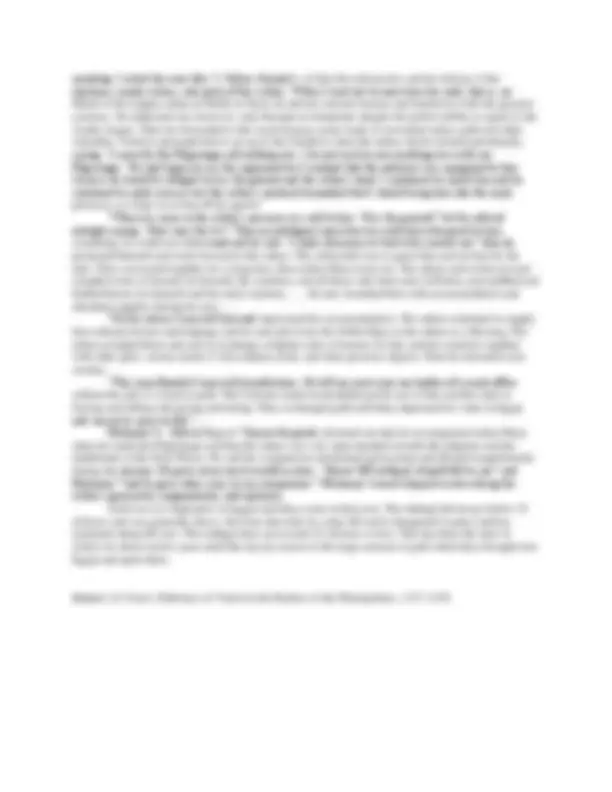




Study with the several resources on Docsity

Earn points by helping other students or get them with a premium plan


Prepare for your exams
Study with the several resources on Docsity

Earn points to download
Earn points by helping other students or get them with a premium plan
Community
Ask the community for help and clear up your study doubts
Discover the best universities in your country according to Docsity users
Free resources
Download our free guides on studying techniques, anxiety management strategies, and thesis advice from Docsity tutors
The life and wealth of mansa musa, the 14th century emperor of mali, who is considered the richest person in history with an estimated net worth of $400 billion. The document also discusses his pilgrimage to mecca, which was so extravagant that it left a lasting impression on the people he met. Mansa musa's wealth came from mali's vast natural resources, particularly its gold and salt supplies. The document also includes information from the catalan atlas and al-umari's account of mansa musa's interactions with egyptians during his pilgrimage.
Typology: Lecture notes
1 / 4

This page cannot be seen from the preview
Don't miss anything!



Document A: Blog Post Mansa Musa Of Mali Named World's Richest Man Of All Time; Gates And Buffet Also Make List You've probably never heard of him, but Mansa Musa is the richest person ever. The 14th century emperor from West Africa was worth a staggering $400 billion, after adjusting for inflation, as calculated by Celebrity Net Worth. To put that number into perspective -- if that's even possible -- Net Worth's calculations mean Musa's fortune far outstrips that of the current world's richest man Carlos Slim Helu and family. According to Forbes, the Mexican telecom giant's net worth is $69 billion. Slim edges out the world's second wealthiest man, Bill Gates, who is worth $61 billion, according to Forbes. Some of the oldest fortunes in question date back 1,000 years. No. 7 on the list, for example, is William the Conqueror. The illegitimate son of the Duke of Normandy, William lived between 1028-1087 and gained infamy for invading and seizing England in 1066. According to the Encyclopedia Brittanica, when Musa died sometime in the 1330s, he left behind an empire filled with palaces and mosques, some of which still stand today. But the emperor really turned historic heads for the over-the-top extravagances of his 1324 pilgrimage to Mecca. The trip, which he embarked up on during the 17th year of the monarch's glittering reign, was hosted by the leaders of both Mecca and Cairo and apparently was so brilliant, it "almost put Africa’s sun to shame." Musa's wealth was a result of his country's vast natural resources. The West African nation was responsible for more than half of the world's salt and gold supply, according to Net Worth. Of course, the entry also notes that the fortune was also fleeting. Just two generations later, his net worth was gone -- wasted away by invaders and infighting. As The Independent points out, while the numbers bandied about by this newest list are shocking, many aspects of the run-down aren't surprising: there are no women included, for example, and only three of the richest men are still alive today. Americans dominate the list, however, taking 14 of the 26 spots, including slots two and three. The "poorest" man on the list is Warren Buffet, who had a peak net worth of $64 billion. Buffet, a noted philanthropist, has since given billions of his fortune away, and Forbes now lists his net worth at closer to $44 billion. Source: The Huffington Post , October 17, 2012.
Document B: Catalan Atlas
spending. I asked the emir Abu ‘l-‘Abbas Ahmad b. al-Hak the mihmandar and he told me of the opulence, manly virtues, and piety of this sultan. “When I went out to meet him (he said), that is, on behalf of the mighty sultan al-Malik al-Nasir, he did me extreme honour and treated me with the greatest courtesy. He addressed me, however, only through an interpreter despite his perfect ability to speak in the Arabic tongue. Then he forwarded to the royal treasury many loads of unworked native gold and other valuables. I tried to persuade him to go up to the Citadel to meet the sultan, but he refused persistently, saying: ‘I came for the Pilgrimage and nothing else. I do not wish to mix anything else with my Pilgrimage.’ He had begun to use this argument but I realized that the audience was repugnant to him because he would be obliged to kiss the ground and the sultan’s hand. I continued to cajole him and he continued to make excuses but the sultan’s protocol demanded that I should bring him into the royal presence, so I kept on at him till he agreed. “When we came in the sultan’s presence we said to him: ‘Kiss the ground!’ but he refused outright saying: ‘How may this be?’ Then an intelligent man who was with him whispered to him something we could not understand and he said: ‘I make obeisance to God who created me!’ then he prostrated himself and went forward to the sultan. The sultan half rose to greet him and sat him by his side. They conversed together for a long time, then sultan Musa went out. The sultan sent to him several complete suits of honour for himself, his courtiers, and all those who had come with him, and saddled and bridled horses for himself and his chief courtiers.... He also furnished him with accommodation and abundant supplies during his stay.... “On his return I received him and supervised his accommodation. The sultan continued to supply him with provisions and lodgings and he sent gifts from the Noble Hijaz to the sultan as a blessing. The sultan accepted them and sent in exchange complete suits of honour for him and his courtiers together with other gifts, various kinds of Alexandrian cloth, and other precious objects. Then he returned to his country. “This man flooded Cairo with benefactions. He left no court emir nor holder of a royal office without the gift of a load of gold. The Cairenes made incalculable profits out of him and his suite in buying and selling and giving and taking. They exchanged gold until they depressed its value in Egypt and caused its price to fall.”... Muhanna’ b. ‘Abd al-Baqi al-‘Ujrumi the guide informed me that he accompanied sultan Musa when he made the Pilgrimage and that the sultan was very open-handed towards the pilgrims and the inhabitants of the Holy Places. He and his companions maintained great pomp and dressed magnificently during the journey. He gave away much wealth in alms. “About 200 mithqals of gold fell to me” said Muhanna’ “and he gave other sums to my companions.” Muhanna’ waxed eloquent in describing the sultan’s generosity, magnanimity, and opulence. Gold was at a high price in Egypt until they came in that year. The mithqal did not go below 25 dirhams and was generally above, but from that time its value fell and it cheapened in price and has remained cheap till now. The mithqal does not exceed 22 dirhams or less. This has been the state of affairs for about twelve years until this day by reason of the large amount of gold which they brought into Egypt and spent there. Source: Al-Umari, Pathways of Vision in the Realms of the Metropolises, 1337 - 1338.